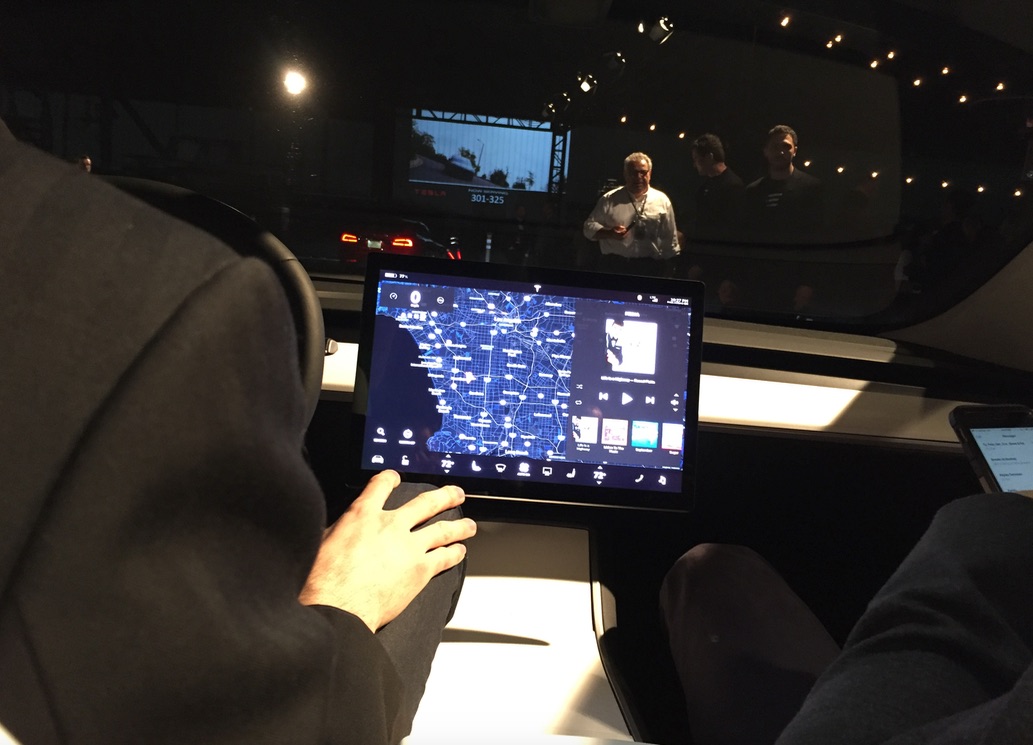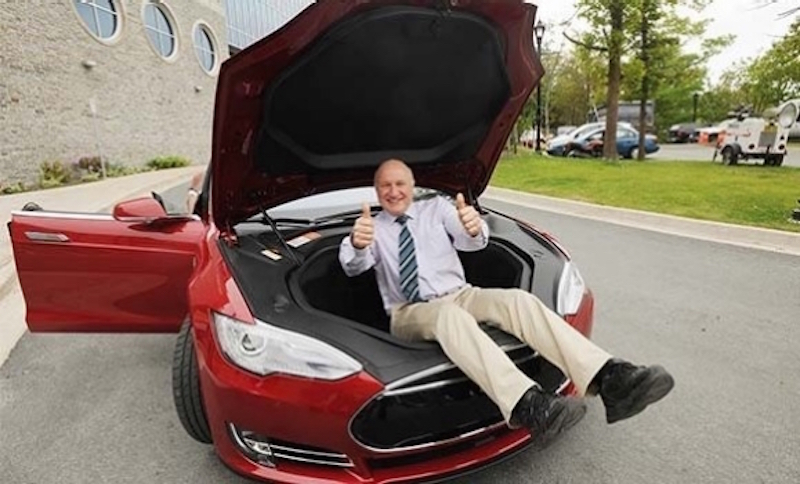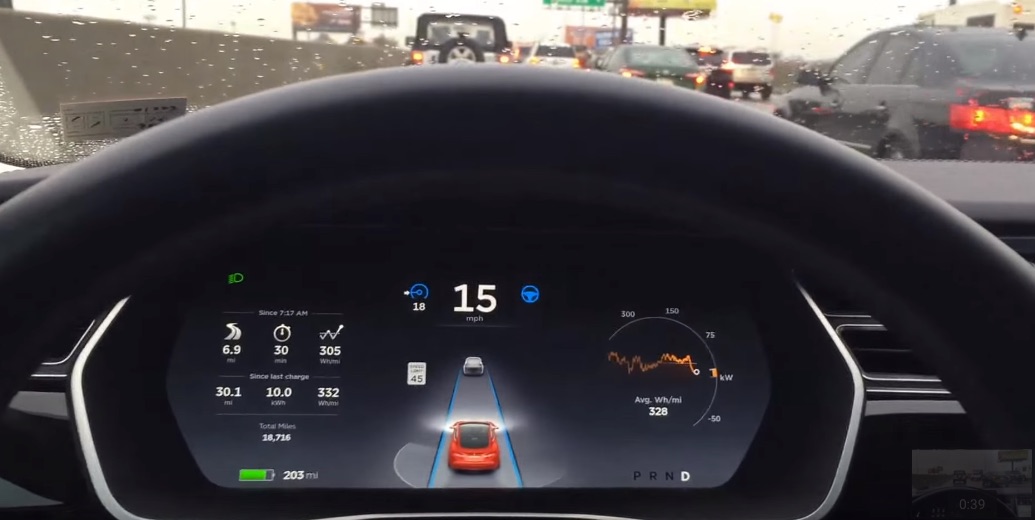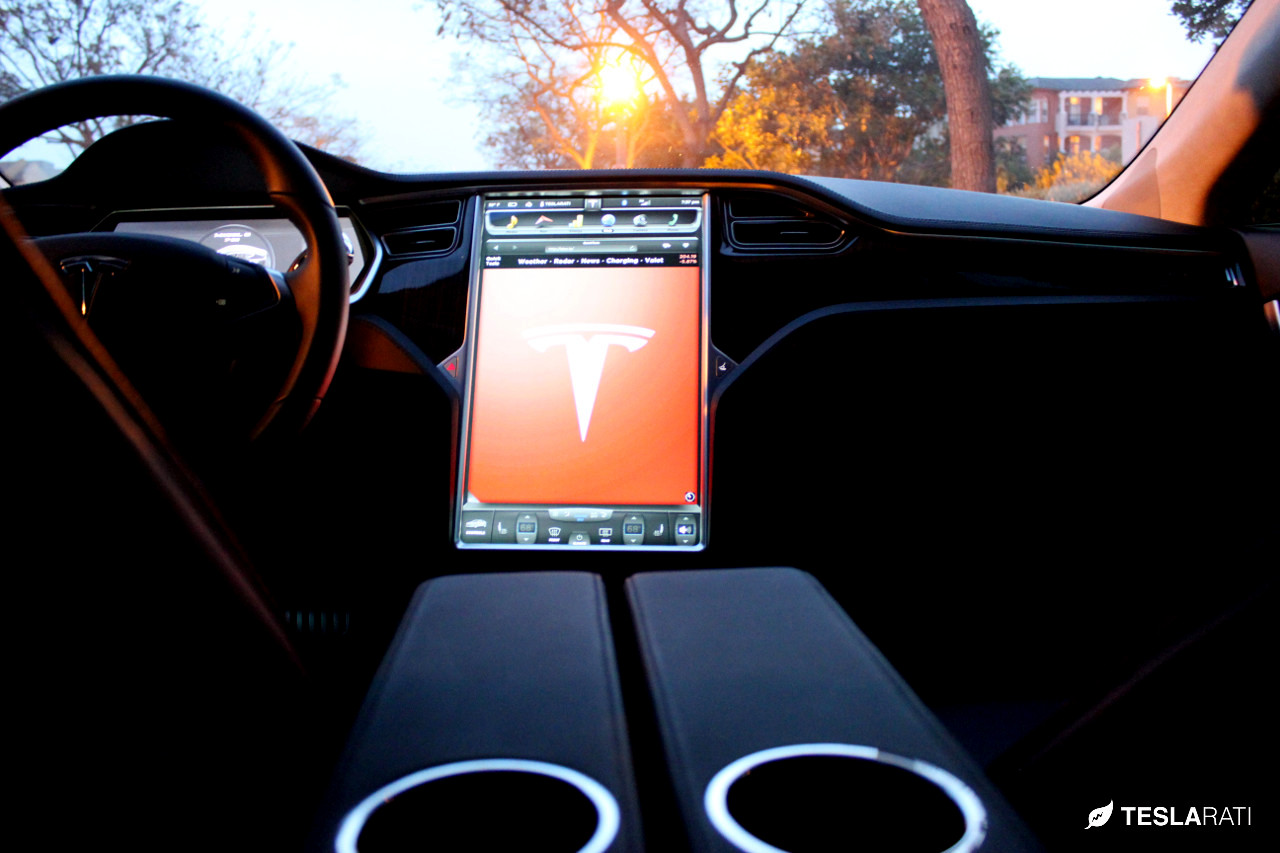News
Tesla ride-sharing program: exploring its practicality and real world benefits
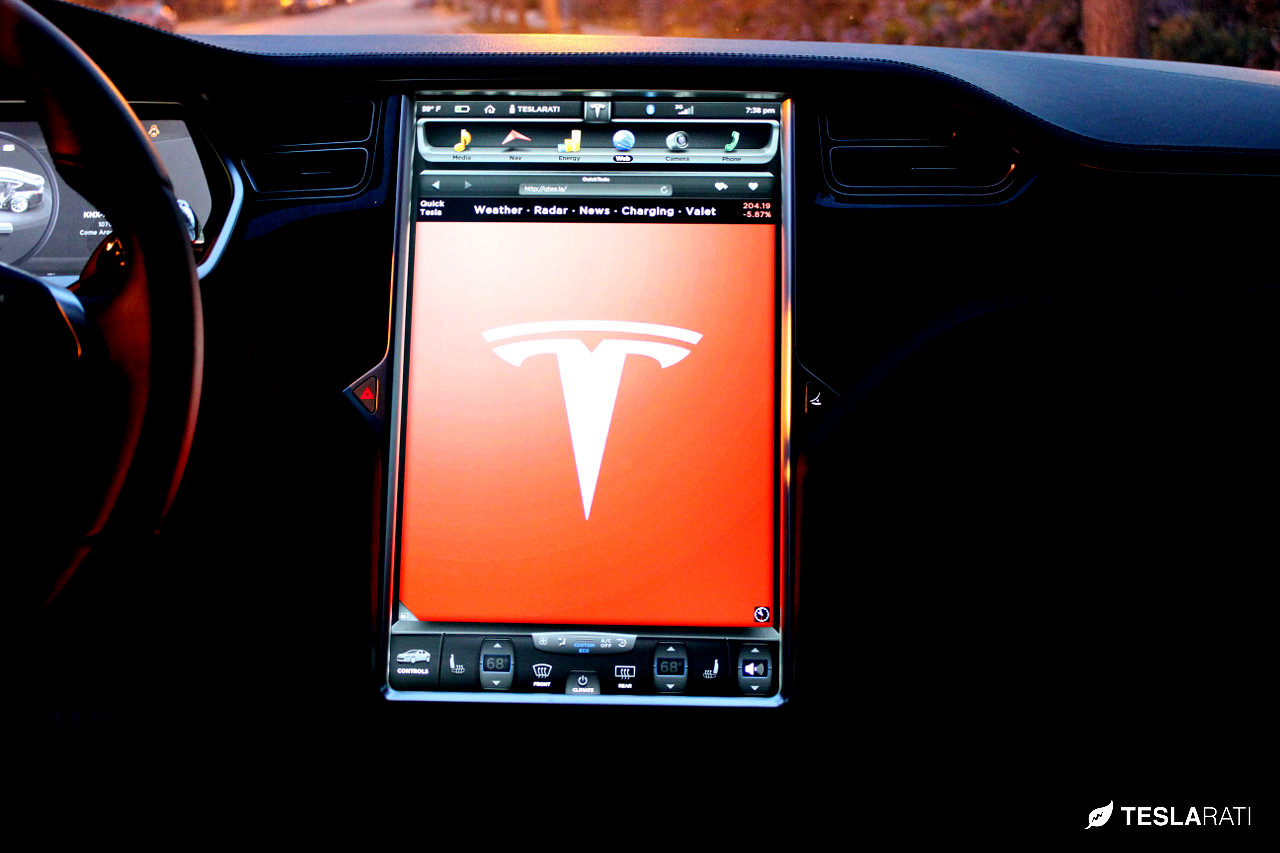
Many of the Tesla faithful sat with bated breaths waiting for the Master Plan Part 2 to be published. Once it did, we devoured every word, with some words more surprising than others. Making a pickup truck, while not surprising is thought-provoking. Ride-sharing as a concept, also not very surprising. Ride-sharing using the autonomously driven car that you personally own? Now there’s something to think about.
“In cities where demand exceeds the supply of customer-owned cars, Tesla will operate its own fleet, ensuring you can always hail a ride from us no matter where you are.” – Elon Musk
Let’s consider for a moment what this might look like.
Practicality
My initial thought of an autonomous Tesla was ride-sharing within the same household. My spouse and I have jobs that are in opposite directions, but we also work different hours with him having the far shorter commute. That being said, it would technically be feasible for a car to drop me off at work and make it back home just in time to take him. Then, it would have plenty of time to come back to me before my work day is done. Driving me home would also be tight – but I think the car would make it just in time to drop me off and go grab him. (Anyone else getting wide-eyed at the thought of a car driving you around? I sure am!) The only downside that I can think of is that both of us, at times, like to run errands on a lunch break. Surely with a little planning we could just schedule who will have the car available mid day. For example, on his day the car wouldn’t come back to get me until later in the day. Should I need to use it, it could come back to me earlier. All of this sounds technically feasible but the miles would add up quickly. Over 90 miles a day, to be exact; double what we currently drive combined. This may be obvious, since the car is making each round trip twice, but on paper that distance really hits home. As for cost, our electricity use at home would clearly go up. What would go down, however, is the cost associated with having a second car. I only estimate that the Tesla costs us $50/month to power now but even if it went up to $150, that delta is far less than the savings associated with not having a second car to insure and maintain. (Let alone pay to own/lease, depending on how expensive a car you’d be giving up.)
In this regard, I see practicality as a wash. If technically feasible with your schedule as it would be with ours, it may work. Getting past the mental barrier of having only one car between two adults who drive and work full time however, may be a challenge. Tesla has shifted thinking in many ways already, so it’s possible this will as well. I keep trying to think of reasons why we need two cars but aside from our daily jobs, which a car that can drive us to negates, all I’m coming up with is the rare occasion where we both need to go somewhere different at the same time. Truth be told, I’m sure even that could be worked out in most cases. In those where it can’t? Summon up another autonomous Tesla to drive you where you need to be. Again, this comes with a cost but again, it pales in comparison to the cost to own a second car that spends over 90% of its life parked anyway.
Public Domain
Most Tesla owners I know treat their cars with extreme care. I am no exception. The thought of a stranger taking up residence in my car without me sends shivers down my spine. I guess there is only so much damage a person could do sitting in the back seat being chauffeured, presumably while staring down at their smart phone to pass the time. The after 2am crowd, on the other hand, poses additional risks but I for one wouldn’t send my car out that late. A sick passenger is one danger, sharing the road with impaired drivers in (gasp!) manual driving mode is another. How do you specify who is eligible for pick up anyway? Imagine the headline “Tesla picks up prison escapee and drives it across the state line.” Add in your fear here (underage runaway, woman in labor, very sweaty marathon runner.)
Availability
This is the main point I’ve heard brought up in my quick chats about this topic. How do you schedule your car to go off and pick people up within a strict window until you need it again? How does traffic play a part? Do you wait until you’re home for the evening and send it out, knowing full well it’ll definitely make it home by the next morning? Or do you risk letting it take a 4pm pickup when doing so could leave you stranded at the office? How far would you let your car go anyway? What about charge? You might need a certain range to get home so can you restrict your car’s pickup jobs to a certain distance? What if it’s cold outside?
In this regard, I have a lot more questions than answers. I have no interest in my car being late to bring me to or from work. It’s my car after all. I have even less interest in being picked up without enough range to get me where I’m going. I live in a major city and I don’t expect to see a Supercharger within our limits any time soon. There are now chargers within 100 miles of me in all major directions, which very easily enables long distance travel as intended. I’m happy with this, as I certainly don’t find myself needing a fast charge close to home. If I plan on letting my car work all day however, that may change. Letting it go home and plug in is impractical at the current rate of my charging setup. 29 miles per hour doesn’t speak well to quick turnaround.
Cost
All of the questions above can be overlooked for a price. The big question is what that price might be. In my own life, I wouldn’t entertain the idea if it made me $100 per month. If it made me $1,000, I’d be the first in line to sign up. Everyone has a different sensitivity to price but I’d be willing to bet that even the least price sensitive people would at least consider using their Tesla in this way if the resulting income matched or exceeded their car payment. Getting to own and drive what I consider the world’s best car for no monthly payment is an offer that’d be too hard to refuse.
Those were just arbitrary numbers though. What might be realistic? I’d like to think that tomorrow’s Tesla is comparable to today’s Uber Black. My Uber app only gives prices for Uber X but I know that Black costs more. At this very moment, a quick ride from my work place to the very center of our downtown is $12 on Uber X. Let’s estimate that it would be $20 for Black. In fact, let’s assume the average ride would net $20. The car would certainly be smart enough to try to do another pickup on the way back to me so I can probably count on $40 as a “round trip” made during my work day. If I let the car drive two round trips on Friday and Saturday nights as well as one each work day, that bring us up to 9 round trips per week, or $360. Already, this isn’t sounding so bad. Let’s scale that down due to some Tesla profit and market saturation. It still seems very reasonable that with little time commitment, $200 per week is reasonable. We’re at $860 per month. If you, like me, go out into a city once or twice a month yourself and spend anywhere from $10-30 in parking or cab rides, you could be earning/saving a combined $900 each month. I suppose I just learned that yes, I’d probably consider letting my car go out and work for me. Even at half the dollars I’m picturing, a Model 3 payment would be covered.
Convenience
Airports. Nights out drinking. Events out of town that force a one night hotel stay. Finding parking in crowded places. Paying for parking at concert or sports venues. These are some of the most popular reasons people today might use ride sharing services even if they have a car. It would sure be convenient if your own car could handle these occasions for you. This, I know, has more to do with autonomy than making the decision to allow your car to work for you. But it’s only a small leap from one to the other. I say this because if my car dropped me off at an Eagles game, I wouldn’t want it paying for parking while it waits. I’d want it headed back home, because that’s a safe place for it to wait. But if it’s going to driving alone anyway, why not pick someone up? It’ll be an exceptionally convenient life when cars can drive for us.
Implementation
How might a program like this actually work? Given a very elementary level of consideration, I imagine the same way Uber works now. I picture a beautiful and streamlined app interface on your smart phone that allows you to log in when you want the car to be able to drive. I imagine the ability to draw a border around the distance you’re willing to let your car travel, as well as the ability to set a time that the car has to return by. Many people far smarter than I will program fantastic algorithms that only allow the car to accept rides that, given traffic and other factors, will get the car back within its allowable time window. I also picture the ability to send the car out with a child’s car seat, if summoned. That would require a bit of interaction, as the app would have to notify you to install it first unless you leave one installed. Speaking of app, I imagine it would notify you that it’s about to head out. (“Mom! I’m going out for a bit. Be back in an hour!”)
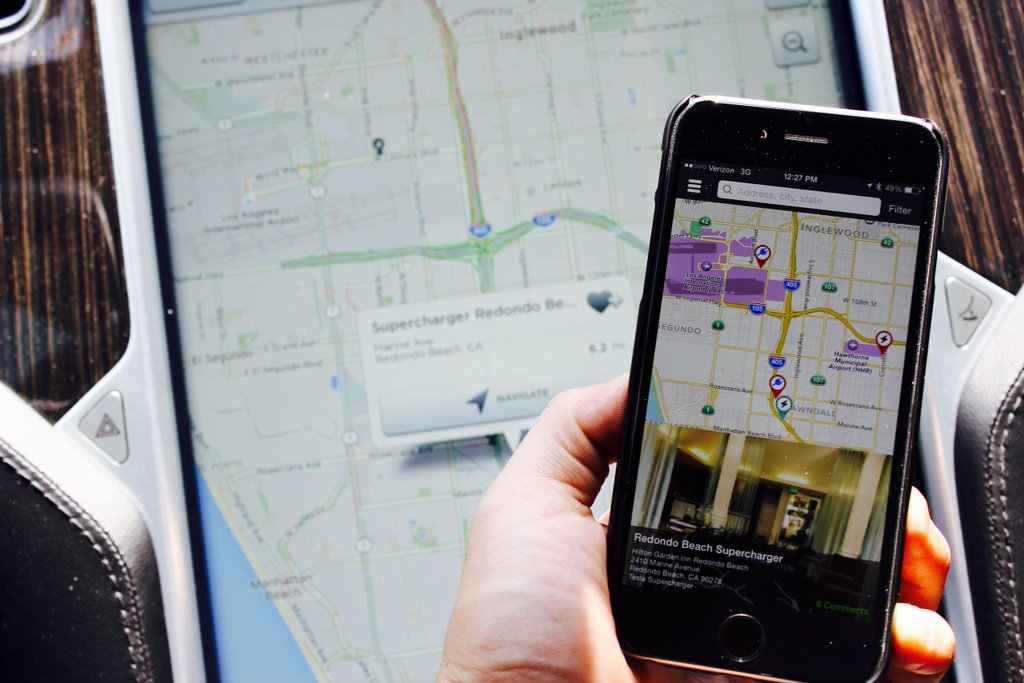
Supercharger map with crowdsourced recommendations from Tesla owners
Challenges
Much like I expect to be challenging for vehicle autonomy in general, the regulatory nightmare that is a driver-less vehicle will be the biggest hurdle to jump, in my humble opinion. Those aforementioned people way smarter than I? They’ll figure out programming the self driving technology sooner than later. They’ve already done a lot. Those perhaps-not-as-smart people we elect to office? Those folks I’m not too confidant in. Well, not them per say. The big jumbled mess of a political system that in the United States and so many other places churns out rules based on the almighty dollar rather than the good of citizens. Right here in my own home town, Uber is technically not legal. It’s legal in the state, just not the city, which has a cluster of a Parking Authority that somehow controls taxis. Except, by the way, when the Democratic National Convention came to town around the same time our local train system was having problems. Then the city made a special exception to “let” Uber operate. (Spoiler alert: it operates anyway.) My point is to illustrate that all the engineering and data in the world won’t guarantee that Tesla will even be allowed to operate driver-less ride sharing services as quickly as the technology itself will be available. That to me, is challenge numero uno.
The technology itself though, still has a lot of work ahead. Just like any parent tells their teenage driver “It’s not you, it’s the other cars on the road I’m worried about.” A Tesla can be a flawless driver 100% of the time on empty roads and that still won’t even come close to accurately predicting how it will drive when sharing the roads with distracted drivers, well-meaning drivers in poor weather conditions, and anything in between. Temporary lane restrictions are hard to compute, as is seeing a car that you just know is going to make a move without a signal. Years of driving experience allows people to read another car’s “body language” so to speak. Will a car ever be able to do the same?
An extension on the both of the topics above, I can only imagine the bureaucratic and technological nightmare that will result if (when!) cars have to learn to talk to each other. Surely that’s where we are headed. It’d be safer that way. But can you see BMW, who I suspect is a little hurt right now, cooperating with Tesla? I can’t but I hope they’ll have no choice. Step up or step aside.
Production vs. demand is another potential challenge. If the ability to buy a car and have it work for you to the tune of effectively negating your payment arrives sooner than Tesla exponentially increases its output of cars, we’ll have a problem. Maybe I’m biased, but I assume a darn lot of people would jump at the chance of driving a car that pays for itself. I mean, I wasn’t wrong when I called myself crazy for assuming there would be 50-100,000 people would put in reservations for a Model 3. Well, I was wrong, but in the right direction.
What do you envision ride-sharing capability looking like? What challenges will it face? Drop me a comment.

News
Ford cancels all-electric F-150 Lightning, announces $19.5 billion in charges
“Rather than spending billions more on large EVs that now have no path to profitability, we are allocating that money into higher returning areas, more trucks and van hybrids, extended range electric vehicles, affordable EVs, and entirely new opportunities like energy storage.”
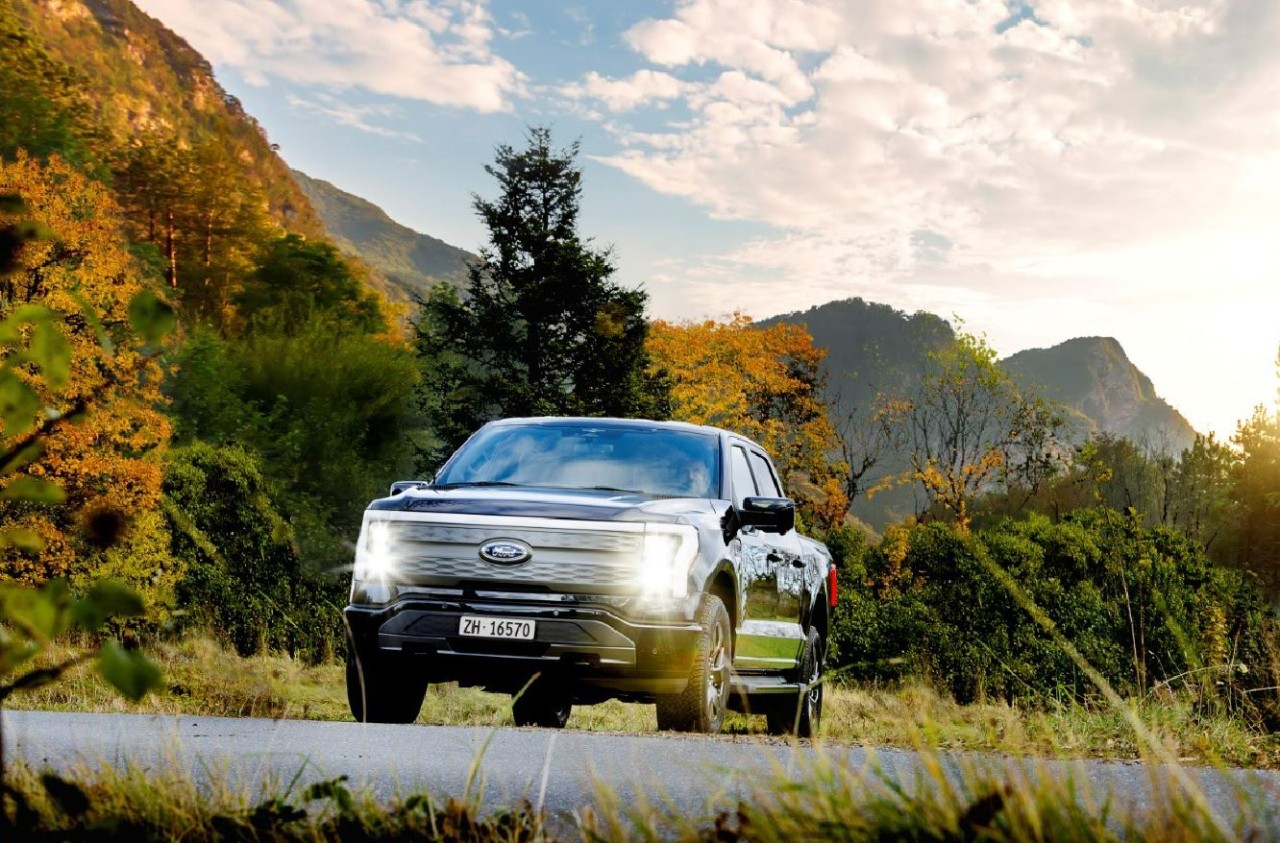
Ford is canceling the all-electric F-150 Lightning and also announced it would take a $19.5 billion charge as it aims to quickly restructure its strategy regarding electrification efforts, a massive blow for the Detroit-based company that was once one of the most gung-ho on transitioning to EVs.
The announcement comes as the writing on the wall seemed to get bolder and more identifiable. Ford was bleeding money in EVs and, although it had a lot of success with the all-electric Lightning, it is aiming to push its efforts elsewhere.
It will also restructure its entire strategy on EVs, and the Lightning is not the only vehicle getting the boot. The T3 pickup, a long-awaited vehicle that was developed in part of a skunkworks program, is also no longer in the company’s plans.
Instead of continuing on with its large EVs, it will now shift its focus to hybrids and “extended-range EVs,” which will have an onboard gasoline engine to increase traveling distance, according to the Wall Street Journal.
“Ford no longer plans to produce select larger electric vehicles where the business case has eroded due to lower-than-expected demand, high costs, and regulatory changes,” the company said in a statement.
🚨 Ford has announced it is discontinuing production of the F-150 Lightning, as it plans to report a charge of $19.5 billion in special items.
The Lightning will still be produced, but instead with a gas generator that will give it over 700 miles of range.
“Ford no longer… pic.twitter.com/ZttZ66SDHL
— TESLARATI (@Teslarati) December 15, 2025
While unfortunate, especially because the Lightning was a fantastic electric truck, Ford is ultimately a business, and a business needs to make money.
Ford has lost $13 billion on its EV business since 2023, and company executives are more than aware that they gave it plenty of time to flourish.
Andrew Frick, President of Ford, said:
“Rather than spending billions more on large EVs that now have no path to profitability, we are allocating that money into higher returning areas, more trucks and van hybrids, extended range electric vehicles, affordable EVs, and entirely new opportunities like energy storage.”
CEO Jim Farley also commented on the decision:
“Instead of plowing billions into the future knowing these large EVs will never make money, we are pivoting.”
Farley also said that the company now knows enough about the U.S. market “where we have a lot more certainty in this second inning.”
News
SpaceX shades airline for seeking contract with Amazon’s Starlink rival

SpaceX employees, including its CEO Elon Musk, shaded American Airlines on social media this past weekend due to the company’s reported talks with Amazon’s Starlink rival, Leo.
Starlink has been adopted by several airlines, including United Airlines, Qatar Airways, Hawaiian Airlines, WestJet, Air France, airBaltic, and others. It has gained notoriety as an extremely solid, dependable, and reliable option for airline travel, as traditional options frequently cause users to lose connection to the internet.
Many airlines have made the switch, while others continue to mull the options available to them. American Airlines is one of them.
A report from Bloomberg indicates the airline is thinking of going with a Starlink rival owned by Amazon, called Leo. It was previously referred to as Project Kuiper.
American CEO Robert Isom said (via Bloomberg):
“While there’s Starlink, there are other low-Earth-orbit satellite opportunities that we can look at. We’re making sure that American is going to have what our customers need.”
Isom also said American has been in touch with Amazon about installing Leo on its aircraft, but he would not reveal the status of any discussions with the company.
The report caught the attention of Michael Nicolls, the Vice President of Starlink Engineering at SpaceX, who said:
“Only fly on airlines with good connectivity… and only one source of good connectivity at the moment…”
CEO Elon Musk replied to Nicolls by stating that American Airlines risks losing “a lot of customers if their connectivity solution fails.”
American Airlines will lose a lot of customers if their connectivity solution fails
— Elon Musk (@elonmusk) December 14, 2025
There are over 8,000 Starlink satellites in orbit currently, offering internet coverage in over 150 countries and territories globally. SpaceX expands its array of satellites nearly every week with launches from California and Florida, aiming to offer internet access to everyone across the globe.
Currently, the company is focusing on expanding into new markets, such as Africa and Asia.
News
Tesla Model Y Standard stuns in new range test, besting its Premium siblings
Tesla’s newer vehicles have continued to meet or exceed their EPA estimates. This is a drastic change, as every 2018-2023 model year Tesla that Edmunds assessed did not meet its range estimates.
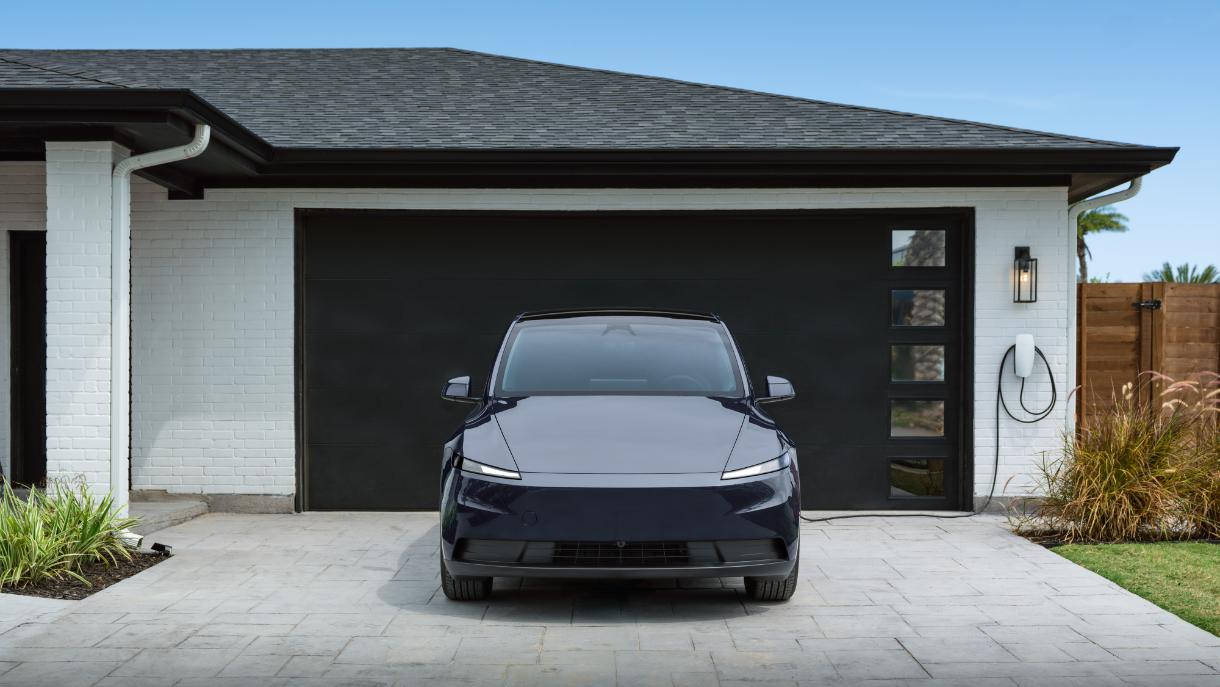
The Tesla Model Y Standard stunned in a new range test performed by automotive media outlet Edmunds, besting all of its Premium siblings that are more expensive and more luxurious in terms of features.
Testing showed the Model Y Standard exceeded its EPA-estimated range rating of 321 miles, as Edmunds said it is the “longest-range Model Y that we’ve ever put on our loop.” In the past, some vehicles have come up short in comparison with EPA ranges; for example, the Model Y’s previous generation vehicle had an EPA-estimated range of 330 miles, but only drove 310.
Additionally, the Launch Series Model Y, the first configuration to be built in the “Juniper” program, landed perfectly on the EPA’s range estimates at 327 miles.
It was also more efficient than Premium offerings, as it utilized just 22.8 kWh to go 100 miles. The Launch Series used 26.8 kWh to travel the same distance.
It is tested using Edmunds’ traditional EV range testing procedure, which follows a strict route of 60 percent city and 40 percent highway driving. The average speed throughout the trip is 40 MPH, and the car is required to stay within 5 MPH of all posted speed limits.
Each car is also put in its most efficient drive setting, and the climate is kept on auto at 72 degrees.
“All of this most accurately represents the real-world driving that owners do day to day,” the publication says.
With this procedure, testing is as consistent as it can get. Of course, there are other factors, like temperature and traffic density. However, one thing is important to note: Tesla’s newer vehicles have continued to meet or exceed their EPA estimates. This is a drastic change, as every 2018-2023 model year Tesla that Edmunds assessed did not meet its range estimates.
Tesla Model Y Standard vs. Tesla Model Y Premium
Tesla’s two Model Y levels both offer a great option for whichever fits your budget. However, when you sit in both cars, you will notice distinct differences between them.
The Premium definitely has a more luxurious feel, while the Standard is stripped of many of the more premium features, like Vegan Leather Interior, acoustic-lined glass, and a better sound system.
You can read our full review of the Model Y Standard below:
Tesla Model Y Standard Full Review: Is it worth the lower price?
